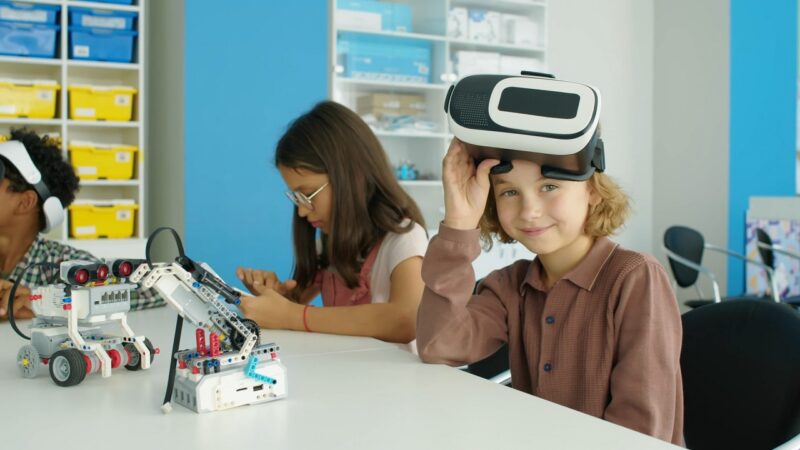This myth suggests that all struggling children automatically receive an IEP.
In reality, a formal disability diagnosis is necessary before the process begins. The Individuals with Disabilities Education Act (IDEA) outlines this service for individuals with disabilities.
As per this federal law, there are 13 disability categories. For more information on obtaining an IEP, please refer to our website’s IEP Roadmap.







